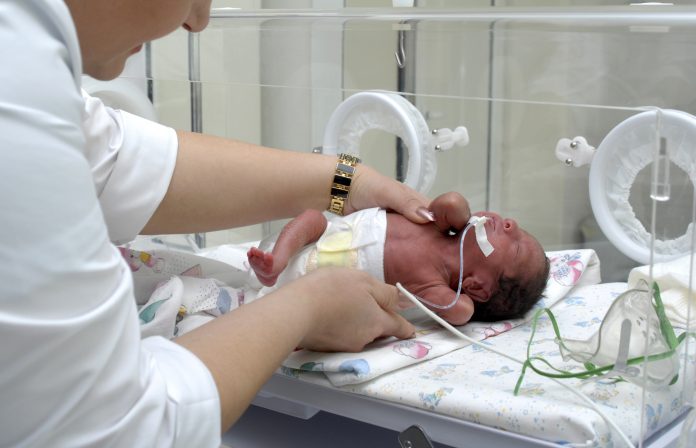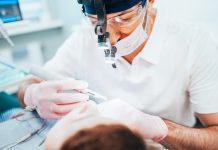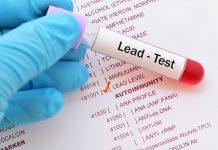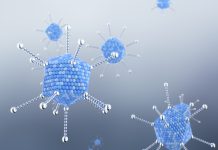Open Access Government explore the research efforts of the U.S. National Institutes of Health to mitigate the often-underestimated burden of rare diseases on patients and their families
The Orphan Drug Act defines a rare disease as a disease or condition that affects less than 200,000 people in the United States.
Today, around 7,000–10,000 rare diseases affect humans, of which only a few hundred have any treatment. Even though each rare disease affects fewer than 200,000 individuals, in total, these illnesses affect an estimated 30 million people across the U.S. Since rare diseases often are difficult to diagnose, it can take years to obtain an accurate diagnosis, and even after this, treatment often is unavailable as fewer than 5% of rare diseases have a treatment approved by the FDA.
As a result, rare diseases are a devastating and costly burden for patients, their families and the U.S. as a whole. Most rare diseases are serious or life-threatening, chronic and progressive disorders that place substantial medical and financial burdens on patients and their families, with a heavy economic burden also on the U.S.
Information about many rare diseases is lacking, which creates unique challenges for researchers wishing to study these conditions. The challenges span the complete life cycle of the research process ― from funding to study design, to patient recruitment, to patient retention.
The National Center for Advancing Translational Sciences (NCATS) works to develop new approaches, technologies, resources, and models to:
- Address these challenges.
- Demonstrate their usefulness.
- Disseminate the resulting data, analyses, and methodologies to the broad scientific community.
The Genetic and Rare Diseases Information Center (GARD) is an NCATS programme funded by two parts of the NIH: NCATS and the National Human Genome Research Institute (NHGRI). GARD provides the public with access to current, reliable, and easy-to-understand information about rare or genetic diseases, for example, by developing guides with tips on general topics, important resources, and answers to questions that patients, their families, and friends often want to ask.
The IDeaS study found yearly direct medical costs were $400 billion
A ground-breaking NCATS-led study recently found that the number of individuals with rare diseases and their medical costs has been vastly underestimated, suggesting that U.S. nationwide health care costs associated with rare diseases are likely similar to common diseases such as cancer, with yearly direct medical costs estimated at around $400 billion. Furthermore, individual medical costs for people with a rare disease are three to five times greater than for those who do not have one.
NCATS Acting Director Joni L Rutter PhD, when discussing the study, stated that “ultimately, to improve the lives of people with rare diseases. We need to find innovative ways, including new technologies, to help shorten the lengthy diagnostic odysseys so many patients and families experience and make more treatments available faster.”
What is Rare Disease Day?
Another example of raising awareness of the impact of rare diseases is Rare Disease Day, which, takes place worldwide, every year in February, to raise awareness among policymakers and the public about rare diseases and their devastating impact on patients’ lives.
The goals of Rare Disease Day at NIH are to:
- Demonstrate the NIH commitment to helping people with rare diseases through innovative research.
- Highlight ongoing and future NIH-supported rare diseases research and the development of diagnostics and treatments.
- Initiate a mutually beneficial dialogue among public and private researchers, patients, patient advocates and policymakers.
- Exchange the latest rare diseases information with stakeholders to advance research and therapeutic efforts.
- Shine a spotlight on stories told by people living with a rare disease, their families and their communities.
Overall, NIH is committed to decreasing the burden on those who are affected by rare diseases in the U.S., medically, financially and emotionally.
More on the NIH: Maternal health
NIH department Eunice Kennedy Shriver National Institute of Child Health and Human Development (NICHD) works to reduce inequalities in maternal health.
NICHD’s overarching mission is to lead research and training to understand human development, improve reproductive health, enhance the lives of children and adolescents, and optimise abilities for all. Understanding and reducing pregnancy-related complications and deaths is a large part of this.
“Any maternal death is one too many,” recently stated Diana W Bianchi, MD, NICHD Director. “A healthy pregnancy and childbirth should be a given, but sadly, it’s not.”
In the U.S. today, more than 700 women die each year from pregnancy complications or giving birth, according to the CDC. Furthermore, another 50,000 women experience life-threatening complications that are considered “near misses” for maternal death, sometimes leading to serious, long-term problems.
Pregnant women with disabilities also have a much higher risk for severe pregnancy- and birth-related complications and death than other pregnant women, according to a recent NICHD- led study. Thus, additional research is required to understand why, and develop needed interventions to reduce this risk. Health inequalities must be decreased, not just in pregnancy but across healthcare, as the authors of the study also noted that women with disabilities are more likely to live in poverty, which can often make accessing healthcare in a timely manner difficult, whatever their health problem.
The impact of COVID-19
Over the last two years, NICHD has worked to understand the effects of COVID-19 on pregnant and postpartum women, children and adolescents, and people with disabilities. The institute has generated research proposals and projects; collaborated with other NIH institutes and federal agencies, and also initiated studies to help build a research base on the SARS-CoV-2 virus, including the Trans-NIH COVID-19 Workgroup on Pregnant & Lactating Women and Children with the National Institute on Drug Abuse, which coordinates NIH’s Strategic Response Activities for these populations.
The NICHD motto is: “Healthy pregnancies. Healthy children. Healthy and optimal lives.” Through consistent, innovative and collaborative research, this can become more of a reality by the day.








